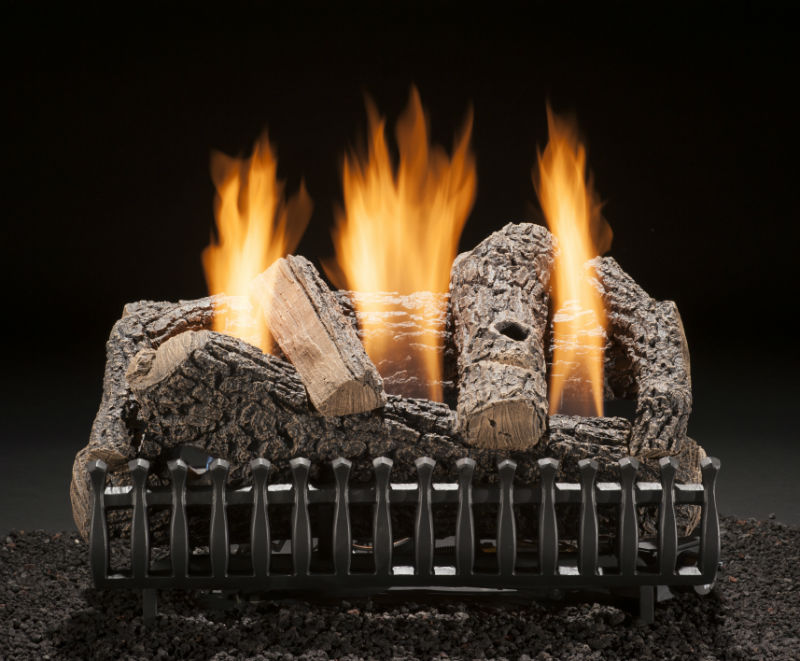While the National Association of Homebuilders has reported that fireplaces remain the second most requested feature that homebuyers look for, many do not want to deal with the time or hassle required with a wood burning fireplace. Because of this, more and more homeowners are switching to fast and efficient gas fireplace units.
Whether you are installing a gas insert into an existing hearth or choosing a brand new unit, gas fireplaces can be divided into three categories: direct vent, vent free, and natural venting. However, many homeowners are confused by the differences between these three types of appliances. The following is a description about the similarities and differences of the three types of gas fireplace units.
Direct vent
Direct vent gas fireplaces use pipes to connect the fireplace unit with the exterior of the home. This eliminates the need for a traditional chimney. Because direct vent fireplaces both expel gas and draw air directly from outside, they are considered an extremely safe fireplace unit.
Because direct vent fireplaces do not need a chimney, they can be placed on any exterior-facing wall in your home. Direct vent fireplaces are also available to meet a variety of heating needs. Whether you want a more decorative fire or a fireplace that can be used to help heat a home, there are a wide variety of direct vent units to choose from.
Vent free
Vent free or unvented gas fireplaces can be placed anywhere in the home because they do not require outside air for combustion. Because they burn so efficiently the need for venting is eliminated; this also means that they can be moved throughout a home to areas where supplemental heat is needed. However, the lack of outside air can cause less realistic looking fires and flames in some units.
Vent free fireplaces do come with several recommendations for safe use. First, a window should remain cracked in the room where the fireplace unit is being used; this replenishes the oxygen in the room that the fireplace uses. Next, units should not be used as a primary heat source. In addition to depleting the oxygen in a home, this can cause excessive moisture buildup and lead to the growth of mold or mildew. Lastly, if a strong smell of gas or smoke is noticed, discontinue use of the fireplace immediately.
Natural vent
Natural vent gas fireplaces vent through the roof, typically through an existing chimney structure. Natural vent fireplaces are most commonly used when a fireplace is being converted from wood to gas. While these fireplace inserts may be installed in place of a damaged firebox, they should not be used if there is damage to the chimney structure. If a fireplace cannot draw in or vent air correctly, the natural vent gas fireplace will not work safely.
Whether you choose direct vent, vent free, or natural venting, a new gas fireplace can add warmth and beauty to your home. Contact Magic Broom today for more information on what kind of gas fireplace is right for you and your family!


